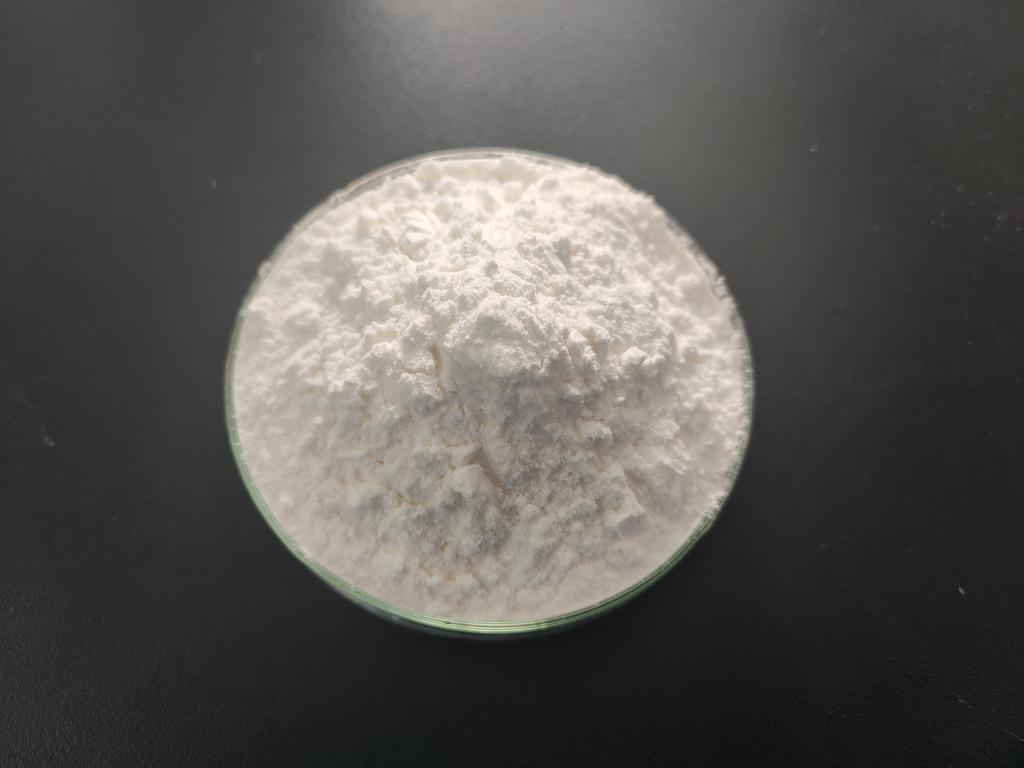Tel:+8618231198596

News
 CONTACT
CONTACT
 CONTACT
CONTACT
- Linkman:Linda Yao
- Tel: +8618231198596
- Email:linda.yao@dcpharma.cn
- Linkman:CHARLES.WANG
- Department:Overseas
- Tel: 0086 0311-85537378 0086 0311-85539701
News
Harnessing ε-Polylysine Hydrochloride for Bioremediation of Contaminated Environments
TIME:2024-02-22
The Urgency of Environmental Remediation:
Industrial activities, improper waste disposal, and accidental spills have led to the contamination of soil, water, and air with pollutants such as heavy metals, petroleum hydrocarbons, and various organic compounds. The persistence of these contaminants poses severe risks to ecosystems, biodiversity, and public health. Bioremediation, as a sustainable and nature-based approach, offers a promising solution to address these environmental challenges.
ε-Polylysine Hydrochloride: An Overview
ε-PL, derived from the bacterium Streptomyces albulus, is a natural polymer of lysine with antimicrobial properties. While traditionally recognized for its applications in food preservation and cosmetics, ε-PL's unique characteristics make it a potential candidate for bioremediation. Its cationic nature and ability to interact with various contaminants make it an intriguing agent for the removal or detoxification of pollutants in contaminated environments.
Mechanisms of ε-PL in Bioremediation:
a. Metal Sequestration: ε-PL has shown an affinity for heavy metals through complexation, precipitation, or ion exchange mechanisms. When applied to contaminated sites, ε-PL can bind to metal ions, preventing their uptake by plants or reducing their mobility in the soil, thus mitigating the risks of metal toxicity.
b. Microbial Stimulation: ε-PL's antimicrobial properties can stimulate the growth and activity of indigenous microorganisms capable of degrading organic pollutants. By promoting microbial diversity and metabolic activity, ε-PL enhances the natural processes of biodegradation, facilitating the breakdown of contaminants into less harmful substances.
c. Enhanced Plant Uptake: In the case of organic pollutants, ε-PL may enhance the uptake of contaminants by plants. This process, known as phytoremediation, involves using plants to extract, accumulate, or transform pollutants. ε-PL can potentially improve the efficiency of this process by facilitating the translocation of contaminants from the roots to the above-ground biomass.
ε-PL in Heavy Metal Remediation:
Heavy metals, such as lead, cadmium, and mercury, are persistent pollutants with detrimental effects on ecosystems and human health. ε-PL's metal-binding capabilities make it a promising agent for the remediation of heavy metal-contaminated sites. By reducing the bioavailability of metals, ε-PL helps mitigate the risks of metal toxicity to plants, animals, and humans.
Organic Contaminant Biodegradation:
Organic contaminants, including petroleum hydrocarbons, pesticides, and industrial chemicals, pose significant challenges due to their complex structures and resistance to degradation. ε-PL's ability to stimulate microbial activity can enhance the biodegradation of organic pollutants. It acts as a microbial growth promoter, creating a favorable environment for pollutant-degrading microorganisms to thrive.
ε-PL in Soil Remediation:
Soil contamination is a widespread issue affecting agricultural productivity and posing risks to ecosystems. ε-PL's multifaceted mechanisms make it a versatile tool for soil remediation. Its application can improve soil structure, reduce metal bioavailability, and enhance microbial activity, leading to the restoration of contaminated soils.
Water Remediation using ε-PL:
Contaminated water sources, whether from industrial discharges or agricultural runoff, require effective remediation strategies. ε-PL's metal-binding properties make it suitable for treating water contaminated with heavy metals. Additionally, its ability to stimulate microbial activity can be harnessed in wastewater treatment processes to enhance the removal of organic pollutants.
Challenges and Considerations:
While the potential of ε-PL in bioremediation is promising, challenges and considerations must be addressed. These include optimizing application methods, understanding the long-term effects of ε-PL on soil and water ecosystems, and considering potential interactions with other chemicals in the environment. Collaborative research efforts and field studies are essential to navigate these challenges and refine the application of ε-PL in real-world environmental remediation scenarios.
Eco-Toxicological Considerations:
As with any remediation approach, the ecological impact of ε-PL must be thoroughly assessed. While ε-PL is generally considered safe in food and cosmetic applications, its introduction into natural ecosystems requires careful consideration. Eco-toxicological studies should investigate the effects of ε-PL on non-target organisms, including plants, animals, and microorganisms, to ensure that its use does not inadvertently harm the environment.
Regulatory Approvals and Public Perception:
The regulatory landscape for bioremediation agents is evolving, and obtaining approvals for the use of ε-PL in environmental remediation is crucial. Transparent communication and collaboration with regulatory agencies are essential to establish guidelines for the responsible and safe application of ε-PL in contaminated environments. Public perception and acceptance also play a significant role, emphasizing the importance of education and awareness regarding the benefits and safety of ε-PL in bioremediation.
Case Studies and Success Stories:
Exploring case studies and success stories where ε-PL has been applied in real-world remediation projects provides valuable insights into its efficacy and practical implementation. These examples can highlight the diverse applications of ε-PL in different contaminated environments and contribute to building a robust body of evidence supporting its use as a bioremediation agent.
Conclusion:
In conclusion, ε-Polylysine Hydrochloride emerges as a promising and sustainable solution for the bioremediation of contaminated environments. Its natural origin, multifaceted mechanisms of action, and potential for metal sequestration and organic pollutant degradation position it as a versatile tool in environmental restoration. However, addressing challenges, conducting thorough eco-toxicological assessments, obtaining regulatory approvals, and fostering public acceptance are crucial steps in realizing the full potential of ε-PL in contributing to a cleaner and healthier environment. As the field of bioremediation advances, ε-PL stands as a beacon of innovation in the quest for eco-friendly solutions to environmental pollution.
- Tel:+8618231198596
- Whatsapp:18231198596
- Chat With Skype







